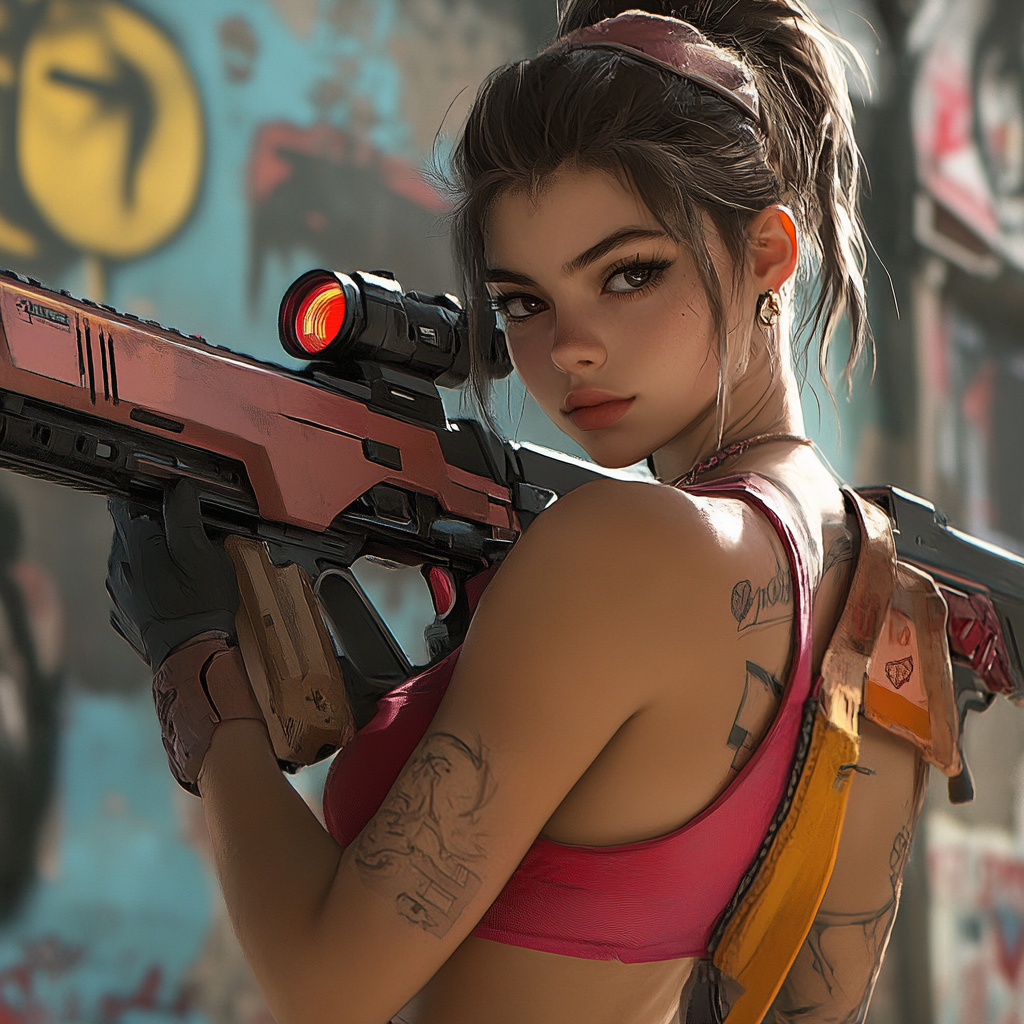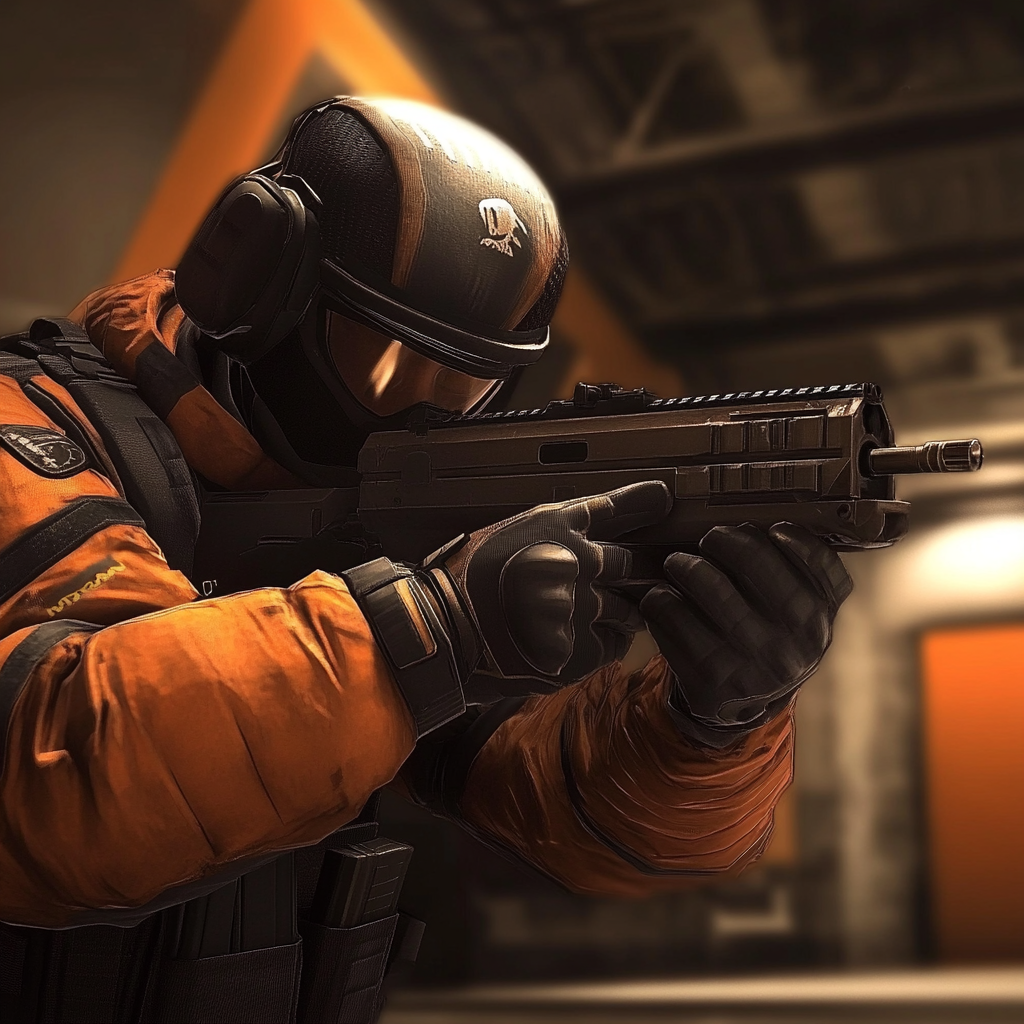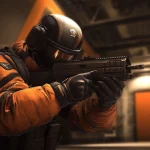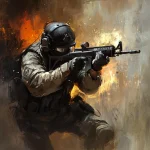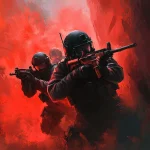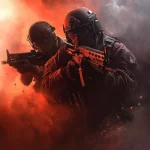Counter-Strike is a game of precision, focus, and fast decisions. But even the best players can hit a wall — a point where playing becomes frustrating instead of fun, and where improvement stalls despite hours of practice. That wall is often the result of burnout.
Burnout isn’t just about feeling tired. It’s a deeper form of mental exhaustion that affects your gameplay, mindset, and overall enjoyment of CS.
In a competitive scene that thrives on grinding, recognizing when to step back might be the smartest move a player can make.
What is Burnout?
Burnout is a state of emotional, physical, and mental exhaustion caused by prolonged stress or overexertion. In CS, this often means playing for long hours with few breaks, constantly trying to rank up, or pushing too hard during bad streaks.
It affects all levels — from casual weekend players to full-time pros.
Warning Signs of CS Burnout
Here are some of the most common signs that it’s time to hit pause:
| Symptoms | Examples in Game |
|---|---|
| Lack of motivation | Feeling no excitement to queue or launch the game |
| Frustration at minor mistakes | Snapping at teammates, blaming aim, raging at small errors |
| Decreased performance | Missing easy shots, failing to focus, making basic mistakes |
| Physical fatigue | Headaches, eye strain, or general discomfort after playing |
| No sense of improvement | Practicing daily but seeing no progress or enjoyment |
| Playing out of obligation | “I have to play to keep rank,” not because you want to |
If these feel familiar, your mind may be telling you what your mouse won’t — it’s time to take a break.
Why Taking a Break Helps
You don’t lose skill by taking a break — you protect it. Rest allows your brain to reset, absorb learning, and return to the game with fresh energy.
Here’s what a strategic break can do:
- Reset your mental clarity
- Refill motivation and creativity
- Break negative habits (like autopilot peeking or tilt-tilt-queue)
- Prevent physical strain (wrist, back, and eye health)
- Improve performance when you return
Even top-tier CS players like s1mple and ZywOo have taken breaks — and often return stronger.
How Long Should a Break Be?
That depends on how burned out you are. Here’s a basic guide:
| Burnout Level | Suggested Break |
|---|---|
| Mild fatigue | 1–2 days of no CS, casual gaming only |
| Emotional frustration | 3–5 days away from ranked queues |
| Full burnout | 1–2 weeks without playing or spectating |
| Physical strain (wrist/eyes) | Until fully recovered, consult a doctor |
What to Do During a Break
Don’t just sit idle — use the time to reset:
- Play different genres (story games, chill simulators)
- Watch CS content casually instead of studying it
- Work on physical activity — stretch, walk, exercise
- Sleep better, eat better
- Reflect: What made CS fun for you in the first place?
You’ll find that when you return, you might see the game differently — with more awareness, patience, and joy.
Preventing Future Burnout
Taking breaks is one part. But building healthy habits is key to avoiding burnout in the first place:
- Stick to play session limits (e.g., 2 hours with breaks)
- Don’t force queues after a tilting game
- Create diversity in training — not just DM every day
- Celebrate small wins, not just ELO jumps
- Keep a healthy relationship with the game
CS is a marathon, not a sprint. Rest isn’t weakness — it’s a strategic pause. Learn to listen to yourself, and you’ll not only last longer in the game — you’ll actually enjoy it more.

